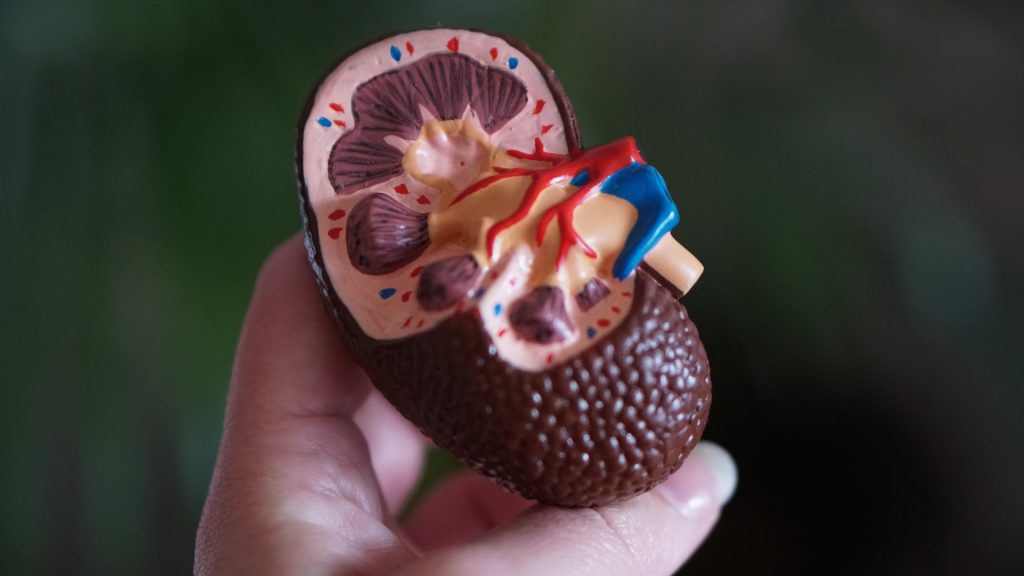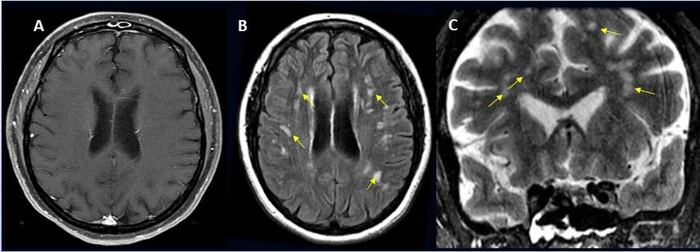Newly Discovered Hormone Implicated in Development of Diabetes

A newly discovered hormone named fabkin helps regulate metabolism and may play an important role in the development of both type 1 and type 2 diabetes, according to a new study published in Nature.
Fabkin levels were abnormally high in mice and human patients with either type 1 or type 2 diabetes, and blocking the activity of fabkin prevented the development of both forms of diabetes in the animals. Fabkin likely plays a similar role in humans and the hormone complex could be a promising therapeutic target, according to the researchers.
“For many decades, we have been searching for the signal that communicates the status of energy reserves in adipocytes to generate appropriate endocrine responses, such as the insulin production from pancreatic beta cells,” said senior author Gökhan S. Hotamisligil. “We now have identified fabkin as a novel hormone that controls this critical function through a very unusual molecular mechanism.”
Many hormones are involved in the regulation of metabolism, such as insulin and leptin. Fabkin is different from traditional hormones in that it is not a single molecule with a single defined receptor. Instead, fabkin is composed of a functional protein complex consisting of multiple proteins, including fatty acid binding protein 4 (FABP4), adenosine kinase (ADK) and nucleoside diphosphate kinase (NDPK). Through a series of experiments, the researchers determined that fabkin regulates energy signals outside of cells. These signals then act through a family of receptors to control target cell function. In the case of diabetes, fabkin controls the function of beta cells in the pancreas that are responsible for insulin production.
Hotamisligil and colleagues previously discovered that a protein known as FABP4 is secreted from fat cells during lipolysis, the process in which lipids stored within fat cells are broken down, typically in response to starvation. Since then, many studies showed links between circulating FABP4 and metabolic diseases including obesity, diabetes, cardiovascular disease, and cancer. However, the mechanism of action was unknown.
In the new study, the researchers showed that when FABP4 is secreted from fat cells and enters the bloodstream, it binds with the enzymes NDPK and ADK to form the protein complex now identified as fabkin. In this protein complex, FABP4 modifies the activity of NDPK and ADK to regulate levels of molecules known as ATP and ADP, which are the essential units of energy in biology. The researchers discovered that surface receptors on nearby cells sense the changing ratio of ATP to ADP, triggering the cells to respond to the changing energy status. As such, fabkin is able to regulate the function of these target cells.
The pancreas’ beta cells are a target of fabkin and the hormone is a driving force behind the development of diabetes, the researchers showed. When fabkin in mice was neutralised with an antibody, the animals did not develop diabetes. When the antibody was given to obese, diabetic mice, they reverted to a healthy state.
“The discovery of fabkin required us to take a step back and reconsider our fundamental understanding of how hormones work.” said lead author Kacey Prentice. “I am extremely excited to find a new hormone, but even more so about seeing the long-term implications of this discovery.”
Source: Harvard University









